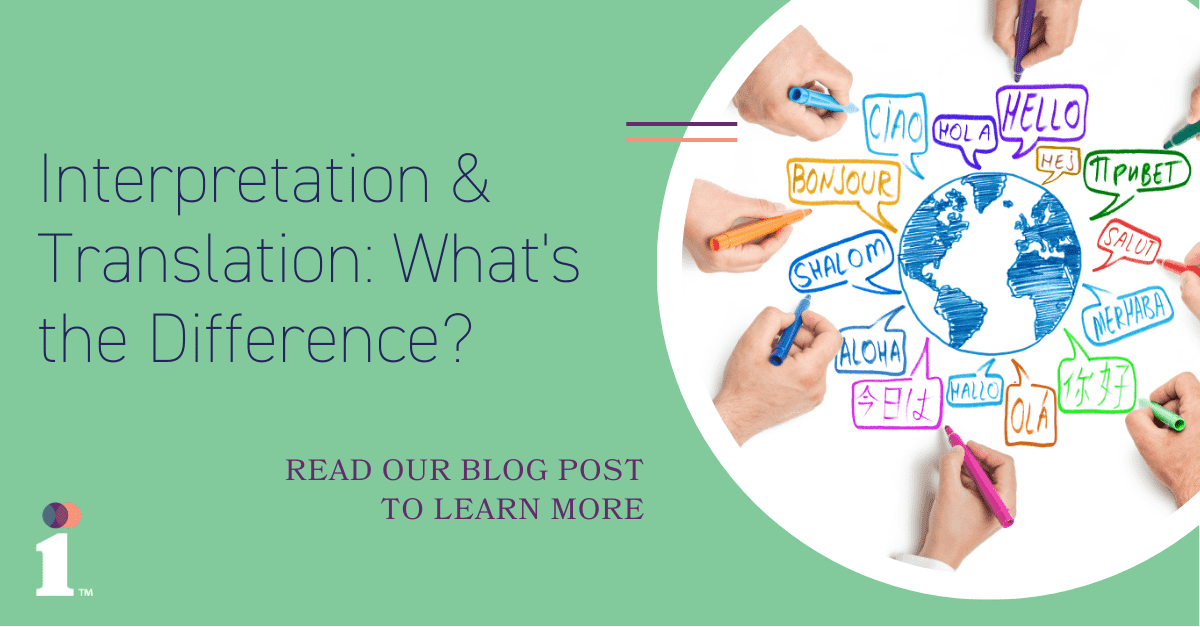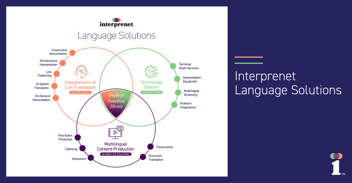
When it comes to language services, translation and interpretation are often used interchangeably. But these two fields are actually quite different. Let’s take a look at the differences between translation and interpretation.
In simple terms, translation involves converting written text from one language into another, while interpretation is the process of converting spoken words from one language to another in real-time.
According the "Translation Services Global Market Report 2024" by Industry Research, the global translation industry alone was valued at USD 39.37 Billion in 2020 and is projected to reach USD 46.22 Billion by 2028.
When we're looking at the translation and interpretation industry combined, analysts at Nimdzi project the global language services industry to reach 70 billion US dollars by 2023.
It’s clear that both the translation and the interpretation profession is in demand, despite innovations in Artificial Intelligence. A study by the Bureau of Labor Statistics estimates that employment of interpreters and translators will grow 20% from 2021 to 2031, which is much faster than the average for all occupations.
Translation Versus Interpretation: A Different Skillset
So, what do translators and interpreters do? And why are their services in such high demand? Interpretation requires quick thinking and specialized training as interpreters need to interpret what is said right then and there.
There are differences between simultaneous interpretation (interpreting in real-time) and consecutive interpretation (interpreting after a sentence or thought is finished), but the main difference is that interpreters don’t have much time to accurately present what they heard in another language.
Translation, on the other hand, allows for more time to carefully consider and revise the translated text. Even when a text has been machine translated, human post-editing is a skill that translators have acquired through special training and experience. And while both fields require strong language skills and cultural knowledge, interpreters must also possess excellent public speaking and interpersonal skills.
In summary, both translation and interpretation involve the transfer of messages from one language to another, but require very different skills and approaches. A human linguist trained in either interpreting or translating is able to understand the nuances of a client's communication and has the industry qualifications needed to accurately convey highly specialized content, such as legal or medical content, in another language. In a globalized world, the demand for interpreters and translators will continue to grow, as accurate communication is the foundation for all interactions.
Whether you need a document translated or an interpreter for a meeting or conference, it's important to choose a language service provider that can meet your specific needs. At Interprenet, we offer a wide range of language services, including interpretation, captioning, and translation, to help you communicate effectively across languages and cultures.
👇



